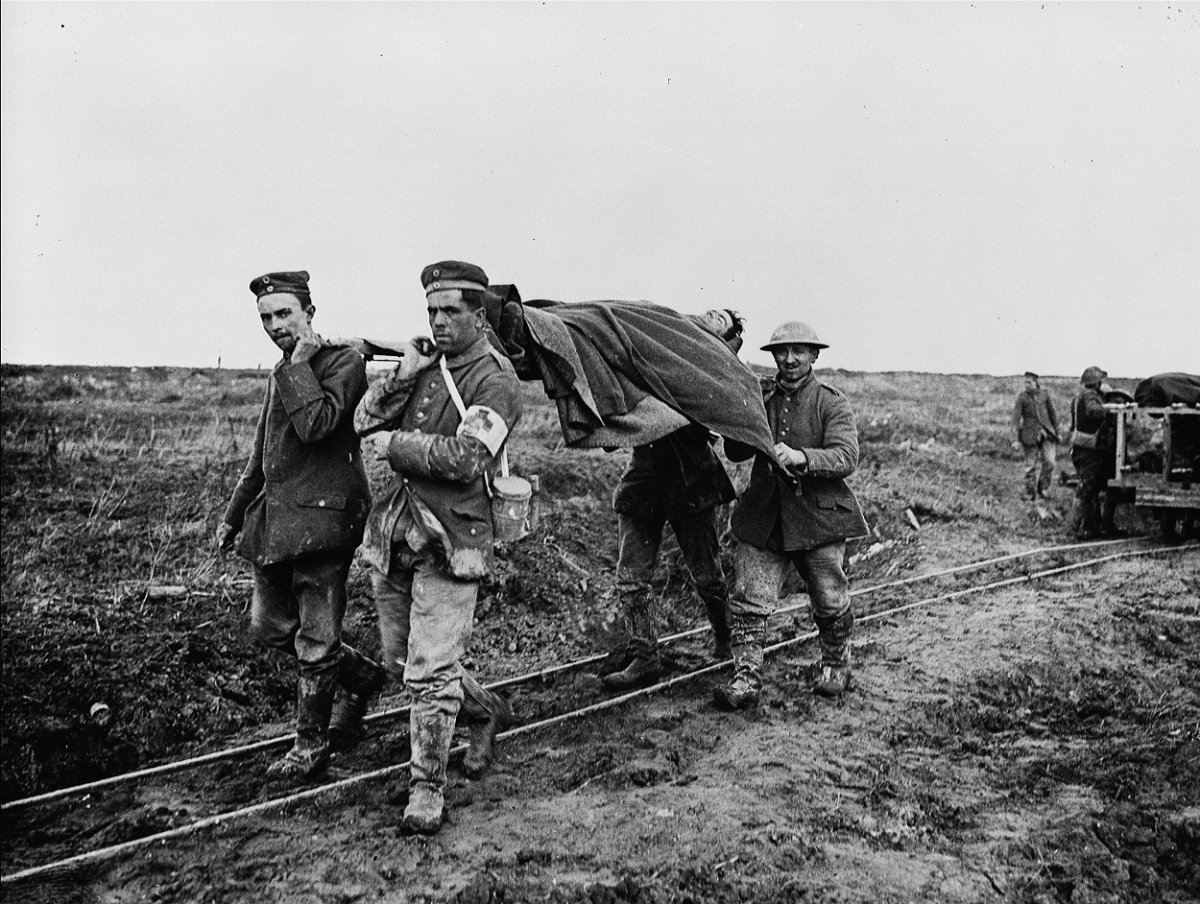Two hours before dawn on Easter Monday, April 9, 1917, the icy battlefield fell silent.

Guns, large and small, had been hammering the German trenches on Vimy Ridge for weeks. Now, there was a tense silence as gunners behind the lines increased the range, and officers looked again and again at their watches.
Infantrymen waiting nervously in their trenches shivered in the snow and driving wind, though it was blowing in the Germans’ faces. A mugful of fiery, sweet overproof rum warmed them, for a moment. (“The comfort, efficiency and fighting value of the troops are greatly increased by the issue of fortified alcohol,” the orders for the attack noted.)
At 5:30 exactly, the world erupted as every available gun poured shells into the ridge. Seconds later, an enormous pressure was more felt than heard as explosives buried under the German trenches detonated with a vast primal roar.
Then, dozens of whistles in the Canadian trenches sounded, a tiny shrill noise above the rage of the shells, and cold, terrified men, staggering under 85 pounds of gear, crawled awkwardly up into the icy wind. They trudged uphill, toward the sinister ridge, the German wire and the waiting machine guns that they hoped the shells had buried.
The battle was a milestone for Canada, marking the first time that all the Canadian divisions in France had fought together as an independent formation.
In the larger picture, Vimy Ridge was part of a pattern of events that showed Canada’s growing independence from Britain, something that took place gradually over decades.
READ MORE: A Winnipeg Vimy Ridge casualty’s story
For Canadian communities, however, the first day of the Canadian advance was the war’s worst. A flood of terse telegrams, often delivered by children, sent the news that families in all nine provinces had been dreading: fathers, sons, brothers were killed, missing, died of wounds. The ‘Directors of Records,’ who signed the telegrams, regretted the loss deeply, though anonymously.
About 3,060 Canadians died in the battle, and for Toronto, Winnipeg and Vancouver residents, more next-of-kin lost a son, father or brother serving overseas than on any other day of the war. (For Toronto, April 9, 1917 was the second-worst day of the First or Second World Wars, after Dieppe.)
Over the four days of the battle, Toronto lost 111 men, Winnipeg 42 and Vancouver 69.
READ MORE: Interactive maps: Toronto’s dead from WW1, WW2, Korea
READ MORE: Winnipeg cadets remember Vimy Ridge
READ MORE: Vancouver Vimy Ridge ceremony



Comments